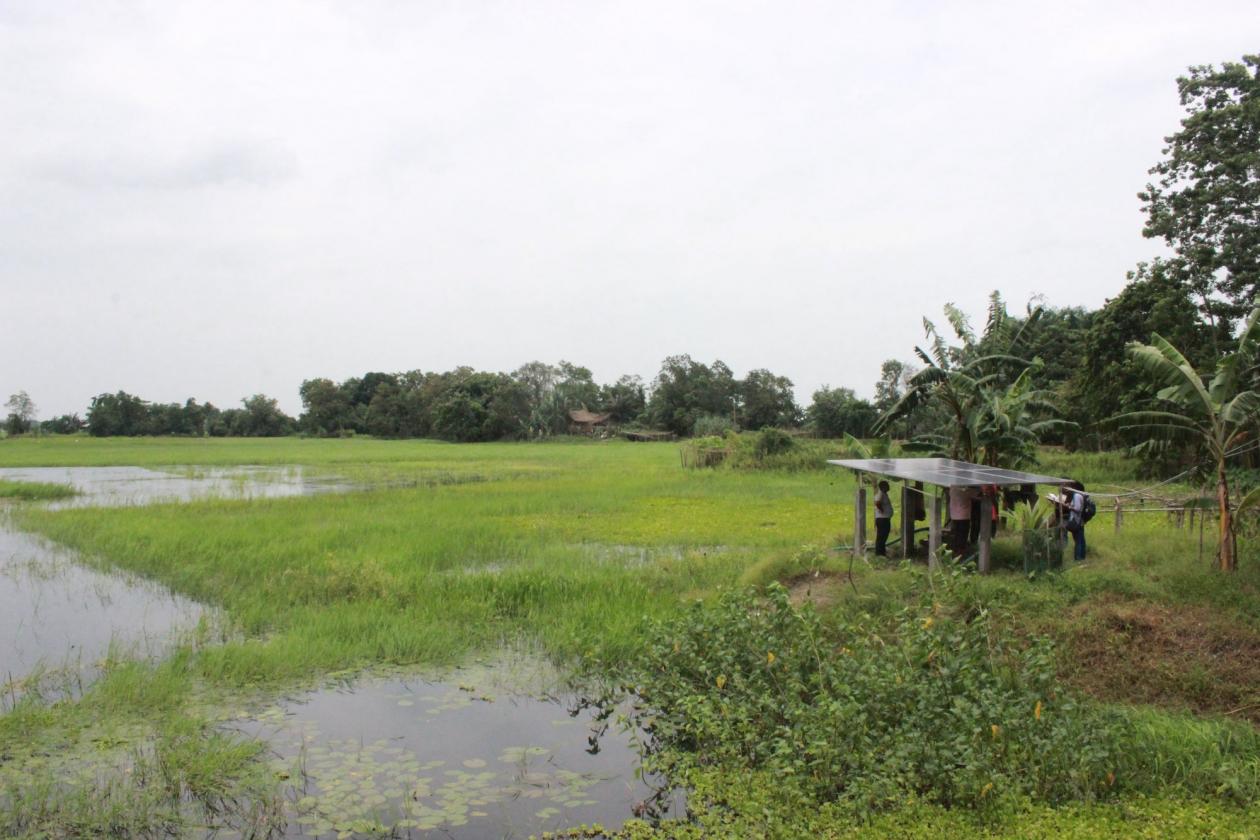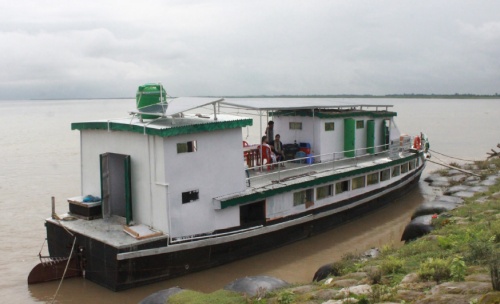For many communities in India, where 360 million people continue to live in poverty, nearby essential services lack infrastructure as basic as electricity supply. As of 2019, 24 per cent of public health sub-centers and 36 per cent of public schools across the country remain unelectrified. Many more find their grid-connected electricity supply to be unreliable, unaffordable or both.
Though India has made impressive progress in electrifying rural areas over recent years, electricity reliability — especially during disasters — remains a critical issue, particularly as so many communities are disproportionately affected by climate change. And considering India’s power generation sector is dominated by fossil fuels and still consists of much inefficient infrastructure, this electricity supply isn’t sustainable either.
But renewables have gradually begun to find a foothold in India’s energy supply over the last decade, bolstered by the government’s ambitious renewable energy target of 175 GW by 2022. Contributing to this target are decentralized renewable energy (DRE) installations — stand-alone or mini grid-sized installations that provide electricity supply to households and communities. These systems are increasingly being adopted in rural areas — in India and globally — as they are modular, cost effective, less susceptible to breakdowns and easier to maintain by communities. They help ensure medical equipment stays on, improve access to water and sanitation and can also help farmers access irrigation and reduce post-harvest losses via cold storages — which could improve rural livelihoods.
 Solar-based irrigation system in a small farm near North Lakhimpur, Assam. Photo Credit: Namrata Ginoya
Solar-based irrigation system in a small farm near North Lakhimpur, Assam. Photo Credit: Namrata Ginoya
But are they built to last? As the number of such installations across the country increases, it’s important to understand if they will be able to weather the impacts of climate change — such as the extreme heat, cyclones and floods that India is already experiencing. By virtue of being decentralized, these installations are assumed to be at lower risk of systemic failures than centralized energy supply from the grid. But assumptions are not enough: when these installations power essential services that cannot handle disruptions - like health centers and drinking water - there must be constant, reliable electricity supply.
How can planners ensure these installations take both climate resilience and development needs into account? A new WRI report delves into these implications for decentralized solar installations specifically in climate-vulnerable areas. Through case studies in three Indian states, it explores how development needs and climate change impacts must be considered by implementers, vendors and end users while designing, implementing and maintaining decentralized solar installations.
Here are five takeaways from the report:
Climate change can affect electricity demand. Renewable energy can supply it. In one district of Assam, UN agencies and local NGOs are helping women farmers who have lost seeds and harvests due to erratic monsoon seasons, with solar-powered farm level cold storage. This is a new electricity requirement, as climate change has affected precipitation patterns and intensity. In another district, an NGO has solarized a flood relief shelter in Assam. Now, during floods, people can gather there, listen to the news and charge mobile phones to stay connected with the outside world.
Decentralized solar systems can help solve risk-prone grid systems - but they are not entirely climate proof. Grid collapse in risk-prone regions, such as those recently witnessed in Texas, USA, can lead to outages ranging from hours to weeks. As a result, climate adaptation experts recommend DRE systems to improve energy system resilience. However, extreme events that affect the grid also affect these systems. And since these systems will form the majority of new energy infrastructure, it is critical they are climate resilient. The scale of infrastructure is not the same, so downtime can be reduced by undertaking appropriate operational measures - using remote monitoring to troubleshoot and building local capacity to do minor repairs, for example.
Effective decentralized solar solutions in climate-vulnerable regions must be tailored to local conditions. The desert regions of Jaisalmer, Rajasthan, experience extreme heat, cold and sandstorms. In addition, the ground water contains excess amounts of fluoride. Women in the region used to spend hours fetching water until the local government set up solar powered water pumps with a filtration system atop a 20-foot tower. The agency considered the weather risks and designed these systems to be wind resilient, and the solar PV system is oversized to make up for extreme temperature losses. Even though many communities across India may benefit from solar powered water supply units, the design of each installation needs to be contextualized to be effective.
 Solar powered boat clinics serve the health needs of the river islands' population in the Brahmaputra river. (Picture by Namrata Ginoya).
Solar powered boat clinics serve the health needs of the river islands' population in the Brahmaputra river. (Picture by Namrata Ginoya).
Technology is just one component of a climate-resilient solar installation. In remote regions in Jharkhand, where grid connectivity is either unavailable or unreliable, many public schools have been equipped with decentralized solar systems. However, being in remote areas can also mean poor maintenance and operations support for these solar solutions. Planners need to go beyond conventional implementation models and consider operational issues — like extreme weather events, long term maintenance and financial components (such as insurance and community ownership) before installing DRE.
Resilience planning starts before the design stage and continues after installment. Institutional and community projects must consider resilience in selection criteria, energy assessments, resource use, community buy-in, and operational, financial and maintenance planning. Solar panels last for 20 to 30 years. The supporting infrastructure and arrangements need to last at least the same amount of time.
 |
We already know that electricity access is essential for achieving development goals, and that DRE installations can get access to remote regions. But it is essential these installations are resilient so they also help reduce long-term costs associated with the destruction caused by climate change. Investing in climate-resilient energy infrastructure in vulnerable regions can reduce the disproportionate impact of climate change, secure development gains and further improve health, education and livelihoods.























